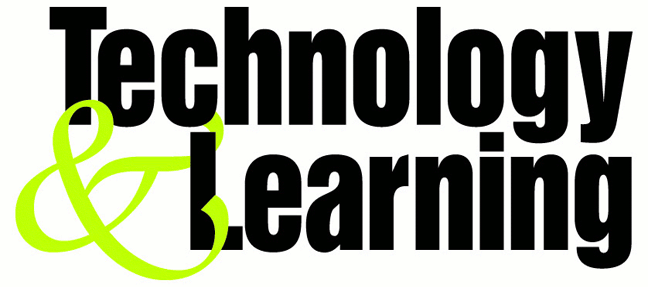
Researchers from Japan have developed a rubber that is able to conduct electricity well, paving the way for robots with stretchable "e-skin" that can feel heat and pressure like humans.
The material overcomes the problems faced by metals -- which are conductive but do not stretch – which is the first in the world to overcome the problem and rubber, which hardly transmits electricity, according to the team at the University of Tokyo. The new technology is flexible like ordinary rubber but boasts conductivity some 570 times as high as commercially available rubbers filled with carbon particles. If used as wiring, the material can make elastic integrated circuits (ICs), which can be stretched to up to 1.7 times their original size.
One application of the material would be artificial skin on robots as robots enter our everyday life; they need to have sensors everywhere on their bodies like humans. Imagine they bump into babies. Robots need to feel temperatures, heat and pressure like we do to co-exist. Otherwise it would be dangerous. It was also said that the new material could be used on the surface of steering wheels, which would analyze perspiration, body temperature and other data of the driver and judge whether he or she is fit enough to drive or it could be used on top of a mattress for bed-ridden people, watching if some parts of the body were under constant pressure and tilting the bed to change the patient's posture to prevent bedsores






